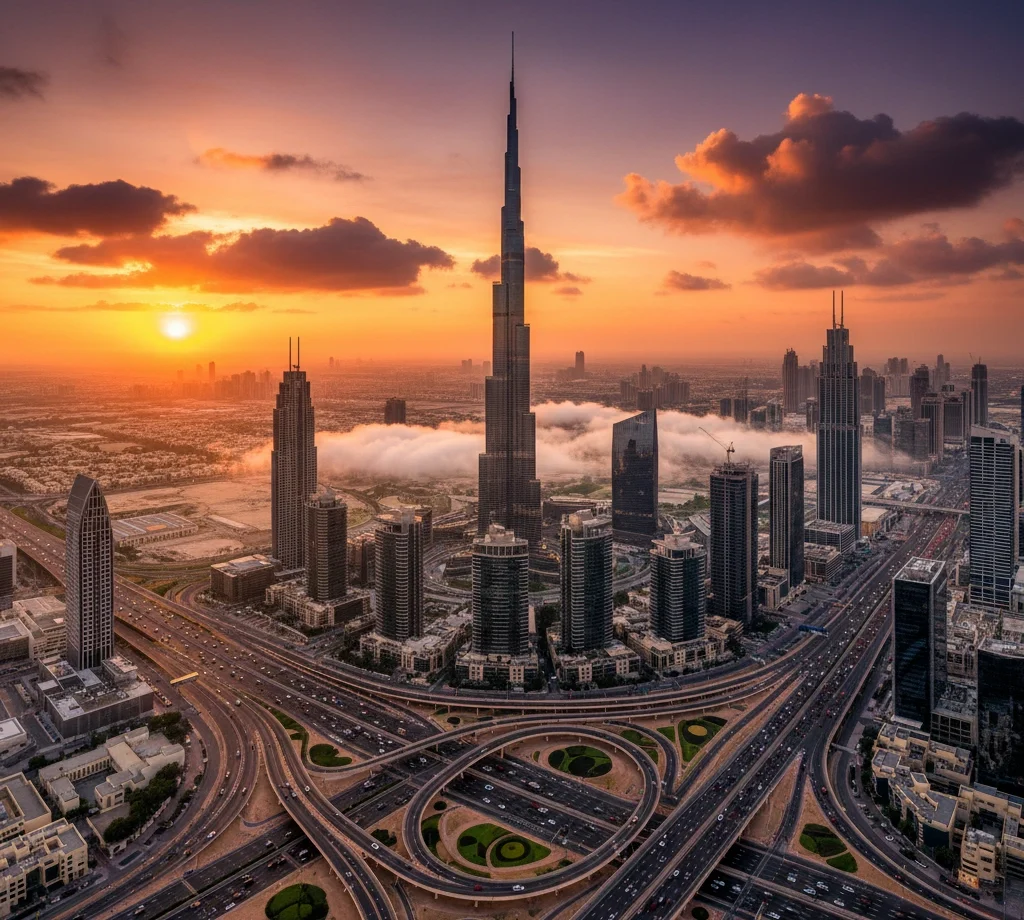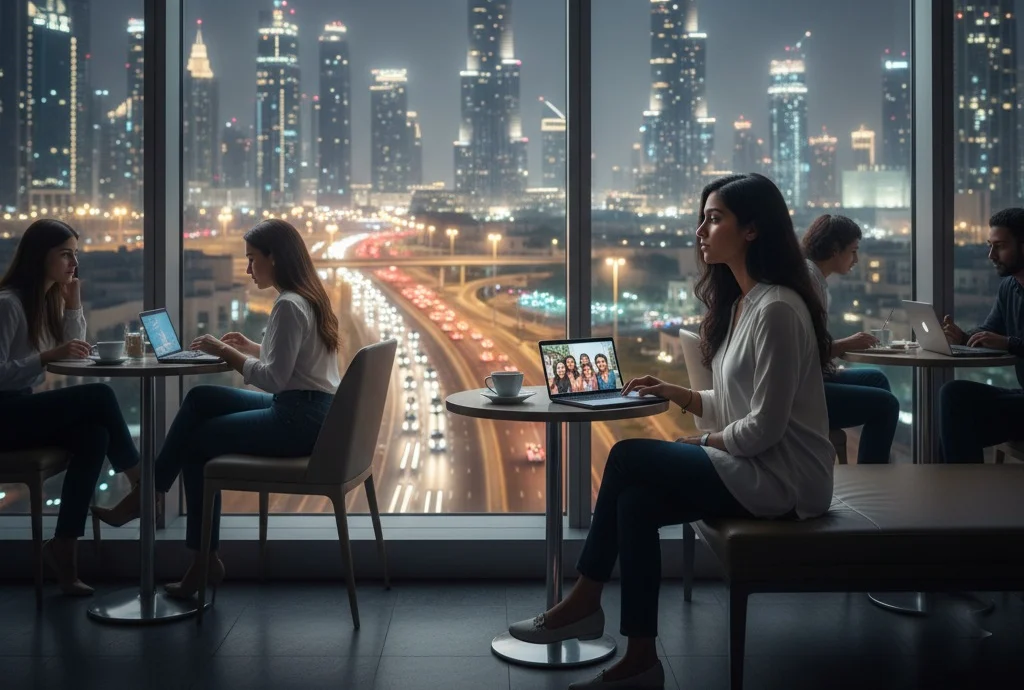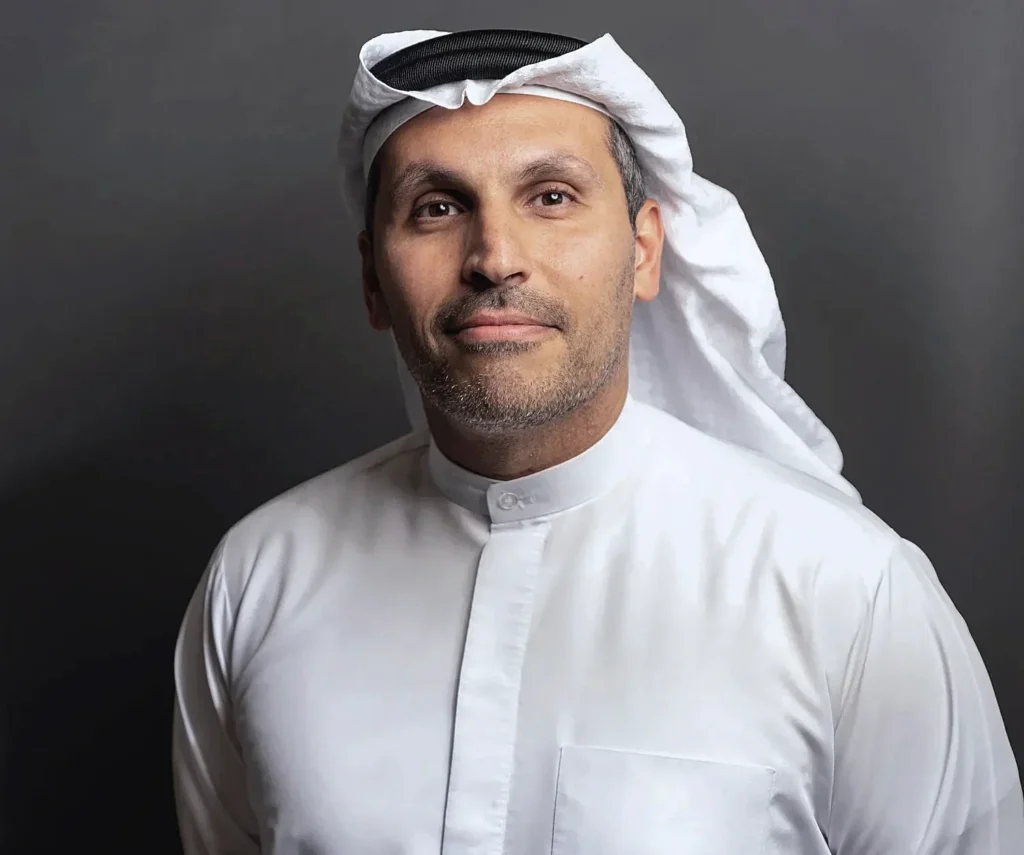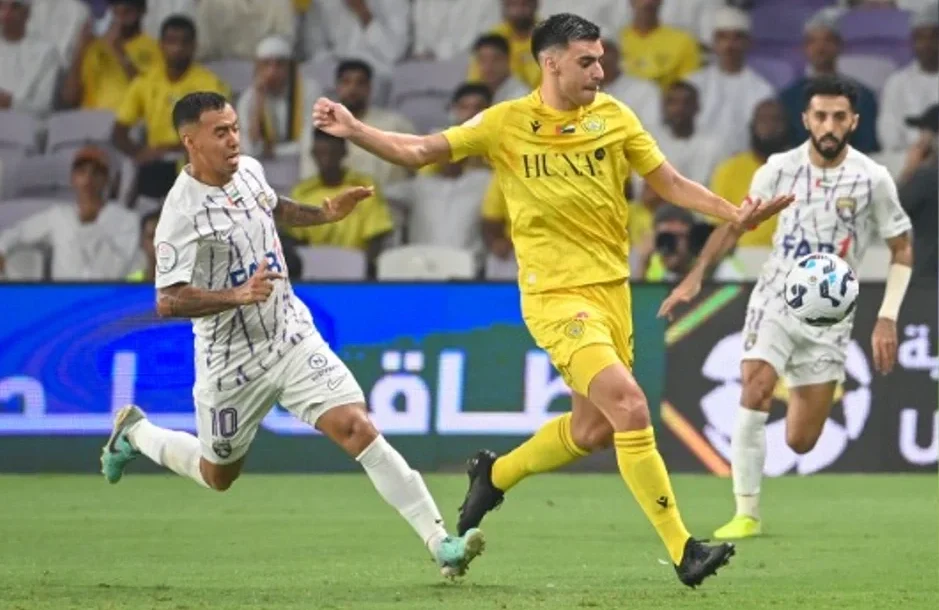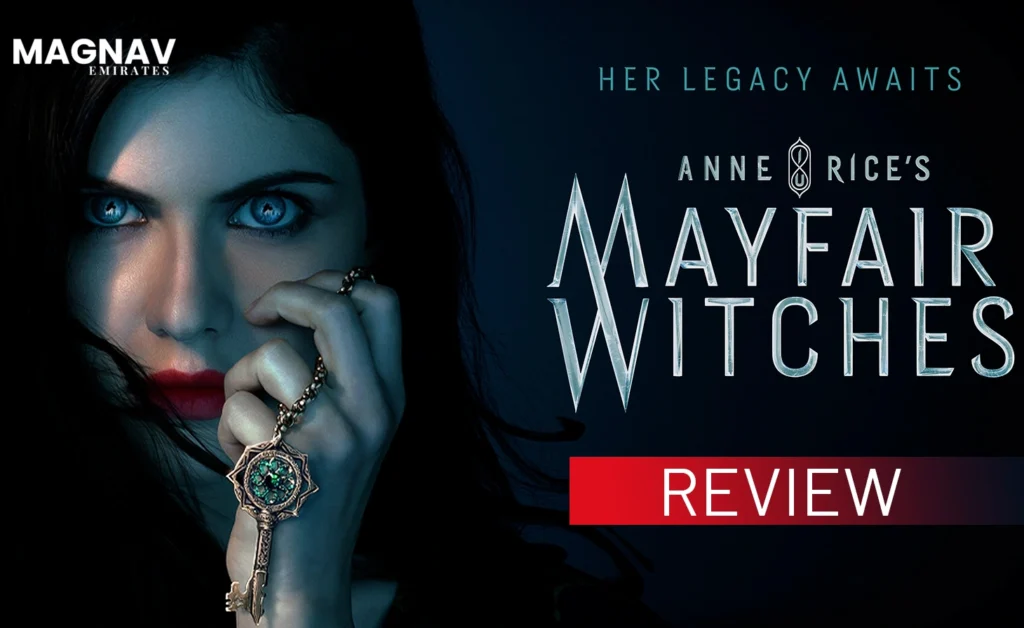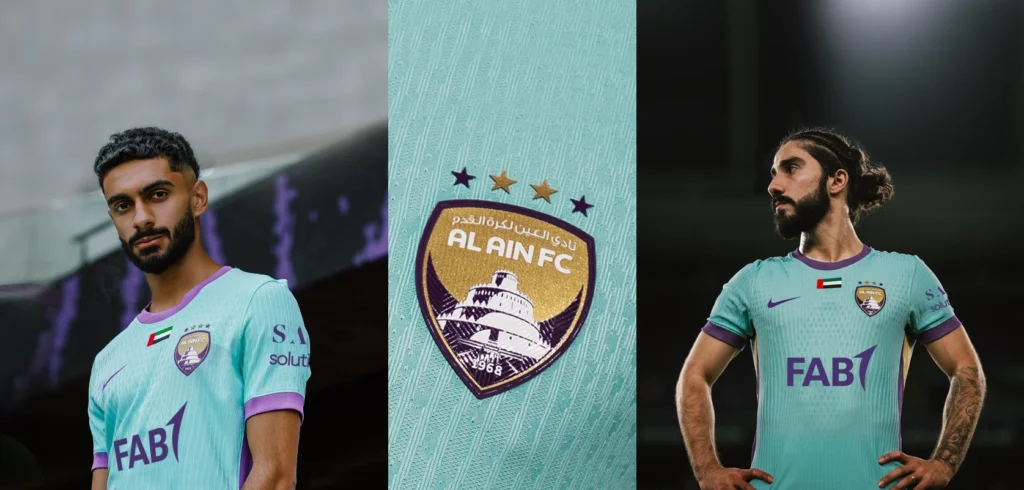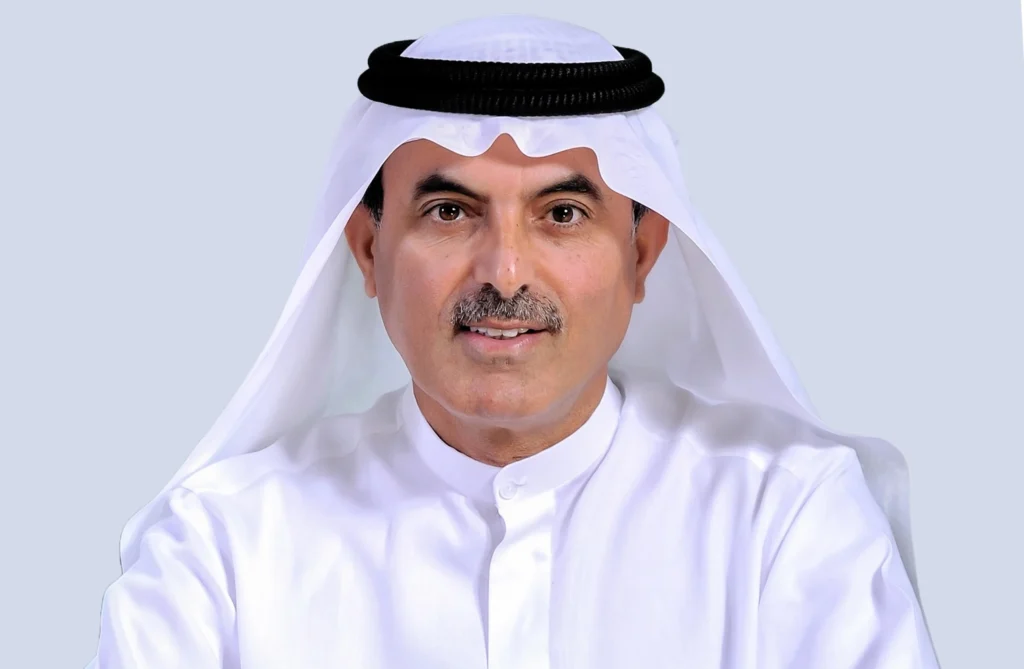The UAE, The Startup Capital of the World A National Sprint to Rewire an Economy
The UAE The Startup Capital of the World A National Sprint to Rewire an Economy By Rizwan Zulfiqar Bhutta When a nation chooses to redefine its future, it does not do so lightly. The United Arab Emirates has now embarked on one of the most ambitious economic projects in its modern history. Under the banner “The UAE: The Startup Capital of the World”, the country has launched a bold campaign to position itself as a global hub for innovation and entrepreneurship. With a clear target of training 10,000 Emiratis in entrepreneurship and generating 30,000 new jobs by 2030, the initiative is not just a statement of intent, but a call to action that reimagines the country’s economic DNA. For decades, the UAE has been known for trade, logistics, oil wealth, world-class infrastructure, and its ability to attract global talent. Now it seeks to evolve beyond those strengths by nurturing the next generation of founders, innovators, and risk-takers. This campaign represents the pivot from an economy powered by resources to one driven by people, ideas, and innovation. Why Now, The Strategic Logic The timing could not be more significant. Across the globe, economies are being reshaped by technology, artificial intelligence, and new business models. Oil revenues, while still strong, are no longer seen as a sustainable foundation for long-term prosperity. The UAE has already proven its ability to diversify through tourism, aviation, real estate, and finance, but the next frontier lies in entrepreneurship. By making startups a national priority, the UAE is addressing several challenges at once: job creation for its citizens, diversification away from hydrocarbons, and positioning itself as a beacon for global investment. At its core, the campaign is about harnessing the creative energy of young Emiratis and embedding innovation into the very fabric of the national economy. The Architecture of the Campaign At the center of the initiative is a new digital hub designed to act as a one-stop shop for aspiring entrepreneurs. This platform will offer online training, mentorship programs, access to co-working spaces, introductions to investors, and curated networking opportunities. It is designed to take a founder from idea to launch with the kind of support that has, until now, been scattered across separate agencies and organizations. More than 50 public and private partners have joined forces in the campaign. They include government agencies, banks, accelerators, corporate entities, and academic institutions, all working in concert to ensure that entrepreneurs can access the markets, capital, and skills they need. Startups will also be integrated into government procurement, giving them a ready-made avenue for contracts and revenue. In this way, the campaign tackles one of the greatest challenges facing entrepreneurs worldwide, which is not just access to money, but access to customers. The Vision, What the UAE Wants to Achieve The campaign’s vision stretches beyond the numbers. It is not only about training 10,000 people or creating 30,000 jobs, but about embedding entrepreneurship into the national identity. The UAE is aiming to make founding a company as credible a career choice as working in government or pursuing traditional professions. The broader vision is to build an economy where Emiratis are not just employees, but leaders of high-growth companies, innovators in technology, and creators of intellectual property. It imagines cities across the country buzzing with co-working spaces, labs, accelerators, and venture capital firms, with the UAE recognized globally as the place where ideas take flight. The Targets, Ambition and Accountability The commitment to measurable targets gives the initiative real weight. By 2030, the UAE wants to see thousands of new entrepreneurs trained and tens of thousands of jobs created. Meeting those targets will require more than enthusiasm, it will demand cultural change, supportive policies, financing structures, and a tolerance for failure. Yet, if any country can do it, it is the UAE. Its government has shown time and again that it can deliver national-scale projects, from building futuristic cities to launching a Mars mission. The challenge will be to sustain momentum, ensure the quality of training, and create genuine pathways from education into viable businesses. Future Benefits: Beyond the Numbers If the campaign succeeds, the benefits will extend far beyond the immediate goals. First, it will create a pipeline of globally competitive Emirati founders who can scale businesses across the Middle East, Africa, and Asia. This would position the UAE not just as a hub for startups, but as an exporter of innovation and talent. Second, the initiative will help balance the labor market by providing young Emiratis with alternatives to public sector employment. This shift will strengthen the private sector, reduce reliance on government jobs, and encourage more dynamic economic participation. Third, successful startups will attract more venture capital into the country, reinforcing a cycle of investment, growth, and reinvestment. Over time, this could lead to the emergence of UAE-born unicorns, companies valued at over a billion dollars, further cementing the country’s reputation as a startup capital. Finally, the initiative has social and cultural benefits. It empowers women, young people, and communities outside the main urban centers by giving them the tools to build businesses. It encourages risk-taking, creativity, and resilience, values that will shape not only the economy but the identity of future generations. Opportunities and Competitive Advantages The UAE enjoys a set of advantages that many aspiring startup hubs can only envy. Its location makes it a gateway to three continents. Its policies allow for flexible visas, attractive free zones, and world-class infrastructure. Its capital resources, both government-backed and private, are immense. Most importantly, its leadership has the political will to make entrepreneurship a national priority. The Global Ripple Effect The success of the campaign will not stop at the UAE’s borders. A vibrant startup ecosystem in the Emirates would draw investors, accelerators, and founders from across the world, making the country a regional headquarters for innovation. Neighboring states may follow suit, creating a Gulf-wide startup corridor that connects markets across the Middle East and beyond. For global entrepreneurs, the UAE could become the natural

